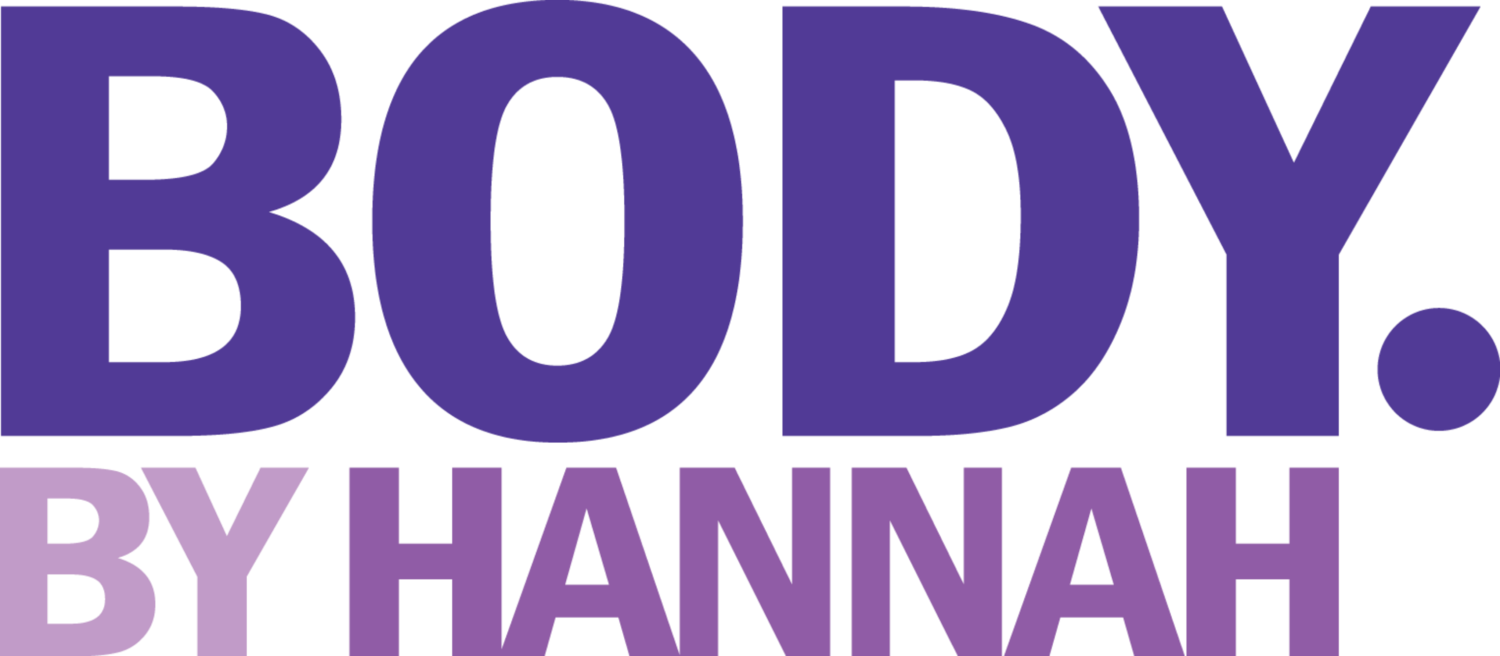Love-Hate Relationship With Fitness Trackers
I have a love-hate relationship with fitness trackers. On one hand, they can be powerful tools—offering insight into your sleep, recovery, daily activity, and even nudging you to move when you’ve been sitting too long. They can help you make smarter decisions about workout intensity, nutrition, and habits that support overall health.
On the other hand, trackers aren’t flawless. Some data needs to be taken with a grain of salt, and it’s easy to let numbers dictate how we feel instead of balancing the data with our own intuition.
In this post, I’m breaking down the pros and cons of today’s most popular fitness trackers—Apple Watch, Oura Ring, Whoop, and Fitbit—to help you decide which one might support your goals… or if you should ditch them altogether.
Apple Watch
💡 Disclaimer: I recently ditched mine because I didn’t like all the notifications and I couldn’t use it for sleep because it was too clunky for me keep on and try to sleep.
Pros:
Combines smartwatch + health features.
Seamless iPhone integration.
We used it to connect to our BBH.Fit heart rate tracking app, CorSync when running fitness challenges to be able to track workout completions. And for this reason alone, I will always come back to it.
Activity “rings” gamify daily goals if you’re into that sort of thing.
Highly accurate heart rate monitor during steady exercise (Wallen et al., J Med Internet Res, 2016).
Cons:
Short battery life (18–24 hrs).
Sleep tracking is basic.
Notifications can be distracting.
Oura Ring
💡 Best for sleep and recovery insights.
Pros:
Sleek, discreet design.
One of the most accurate consumer sleep trackers (de Zambotti et al., Behav Sleep Med, 2017).
Battery lasts 5–7 days.
Focuses on readiness and recovery trends.
Cons:
Limited workout tracking. In fact, I could rarely lift with it on because it actually cut off blood circulation in the finger I had it on!
Subscription required for full data.
Needs precise sizing for accuracy.
Whoop Strap
💡 Best for athletes focused on optimizing recovery and performance. I have NOT tried this tracker yet, but plan to in the next few weeks to see how I like it.
Pros:
Recovery-first approach: HRV, sleep, strain tracking.
Comfortable to wear 24/7, waterproof.
Regular updates included with subscription.
Reliable for athletic recovery monitoring (Sensors, 2021).
Cons:
No display (everything is in the app). So this might solve my biggest issue with the Apple Watch.
Subscription required (no one-time purchase).
Data-heavy, which may overwhelm casual users.
Fitbit
💡 Best for beginners who want accountability on a budget. And I LOVE the Fit Bit for that reason
Pros:
Affordable and user-friendly.
Variety of models at different price points.
Tracks steps, workouts, and sleep in a simple way.
Step tracking reasonably accurate (JMIR Mhealth Uhealth, 2020).
Cons:
Less precise during high-intensity workouts.
Advanced features locked behind Premium.
Battery life varies (2–7 days depending on model).
Limited “deep dive” data compared to Whoop or Oura.
The Bottom Line
No tracker is perfect, and none of them can replace your own body awareness.
Apple Watch → Great for tech lovers who want a smartwatch + fitness features.
Oura Ring → Ideal if you’re serious about sleep and recovery trends.
Whoop → Best for athletes aiming to optimize training and recovery.
Fitbit → Perfect for beginners wanting simple, budget-friendly accountability.
The key? Use the data as guidance, not gospel. Let your tracker highlight patterns, but let your body have the final say.
Let me know in the comments what fitness tracker(s) you’ve tried and what you did and didn’t love about it!



